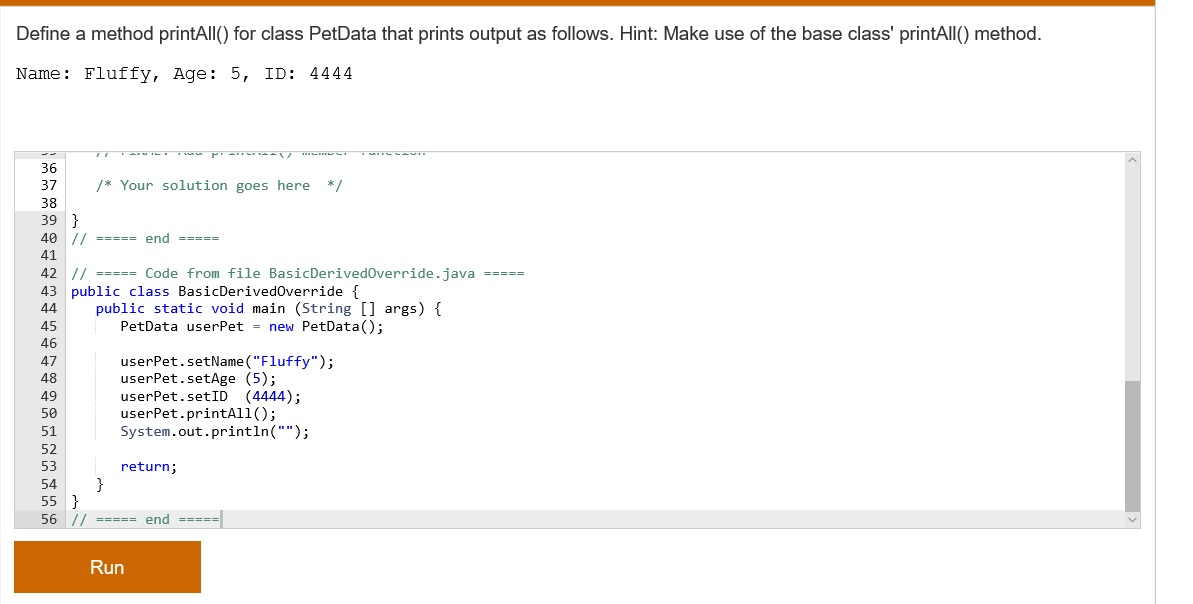


Validated clinical tests based on the proposed method by overcoming previous limitations, with the Overall, the results showed that theĪttention mechanism improved the automatic classification of multi-sited GI disease images. Techniques for better visualization and performance validation. We also im�plemented t-distributed stochastic neighbor embedding (t–SNE) and confusion matrix analysis Our results, compared with other state-of-the-art models in terms of mean accu�racy (ResNet50 = 90.28, GoogLeNet = 91.38, DenseNets = 91.60, and baseline = 92.84), demonstratedīetter outcomes (Precision = 92.8, Recall = 92.7, F1-score = 92.8, and Accuracy = 93.19). To minimize inconsistencies in intra- and inter-class variability and to ensure that results were Furthermore, a five-fold cross-validation approach was adopted Multi-diseased GI images, drawn from publicly available and private sources, were used to val�idate the proposed approach.

To overcome theĭata imbalance problem, we adapt data-augmentation techniques. Specifically, we propose a deep CNN-based spatial attention mechanismįor the classification of GI diseases, implemented with encoder–decoder layers. This paper proposes the application of spatial factors in improvingĬlassification performance. The challenge in using deep learning-based (DL) approaches, specifically aĬonvolutional neural network (CNN), is that spatial information is not fully utilized due to the Of minimizing the burden on clinicians and improving patient outcomes, for both diagnostic and Gastrointestinal (GI) diseases constitute a leading problem in the human digestive system.Ĭonsequently, several studies have explored automatic classification of GI diseases as a means


 0 kommentar(er)
0 kommentar(er)
